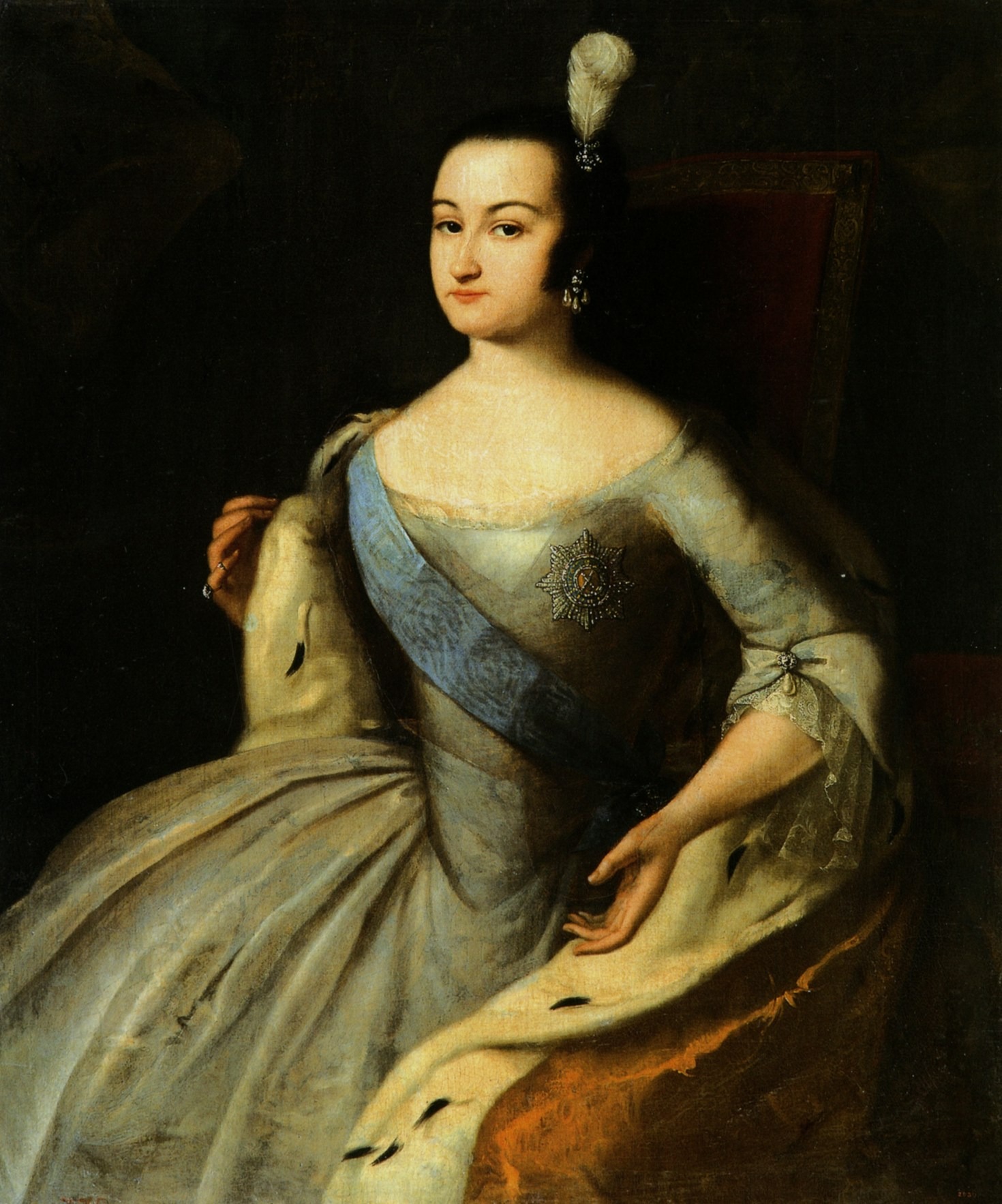Portrait art has always been more than just copying a face. A good portrait captures a story—something about the life, emotions, or spirit of the person in front of the painter. That’s why portraiture has always held such an important place in art history. From the quiet smile of the Mona Lisa to the emotional intensity of Frida Kahlo’s self-portraits, portraits give us a human connection that goes beyond time.
As a portrait painter myself, I always find it inspiring to look back at the great masters of the past. Studying their work is not about imitation, but about learning how they saw people—how they captured light, mood, and personality in a way that still speaks to us today.
Here are five artists who truly shaped the way we think about portrait painting. Each one approached it differently, but all of them left behind masterpieces that continue to inspire.
1. Leonardo da Vinci (1452–1519)
Leonardo is one of the giants of the Renaissance, and his Mona Lisa is probably the most famous painting in the world. But his genius wasn’t just about fame—it was his ability to capture small details, soft transitions of light, and subtle expressions that made his portraits so lifelike. He studied anatomy, light, and proportion endlessly, and it shows. When you look at his portraits, you don’t just see a sitter; you feel their presence.
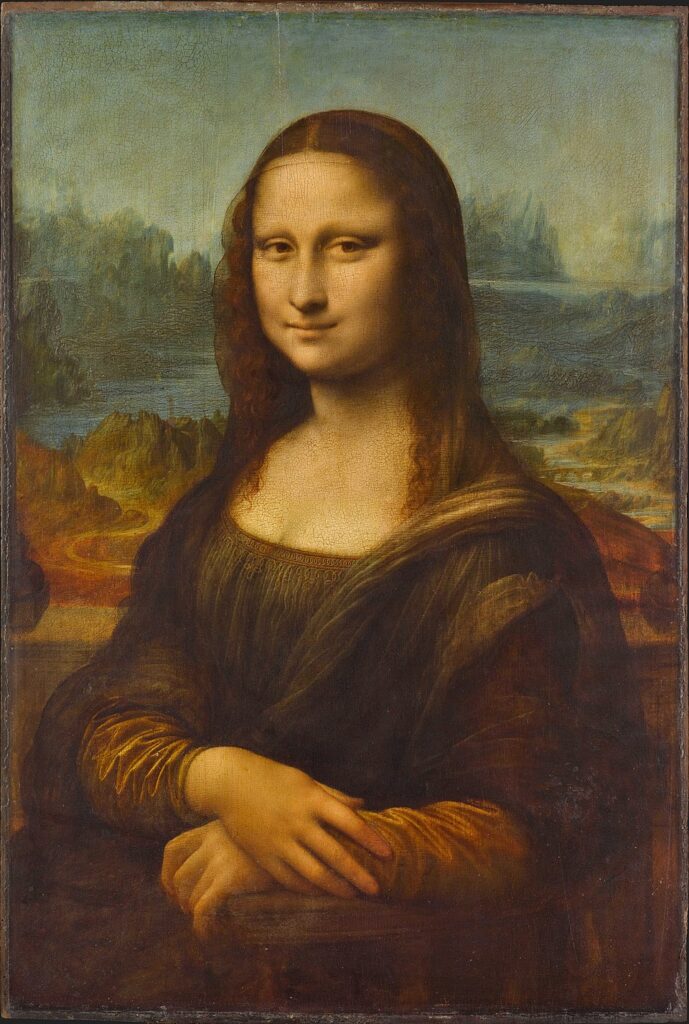
2. Rembrandt van Rijn (1606–1669)
Rembrandt, the Dutch master, is known for his use of chiaroscuro—dramatic light and shadow. His portraits dig deep into the psychology of the sitter. It’s not just about looks; it’s about mood, personality, and soul. His self-portraits are especially powerful because you can see his life story unfold on canvas, from his younger years full of ambition to his later years marked by struggle and wisdom. Paintings like The Night Watch prove how he could give life and energy to a group portrait, something very few artists could achieve at that level.
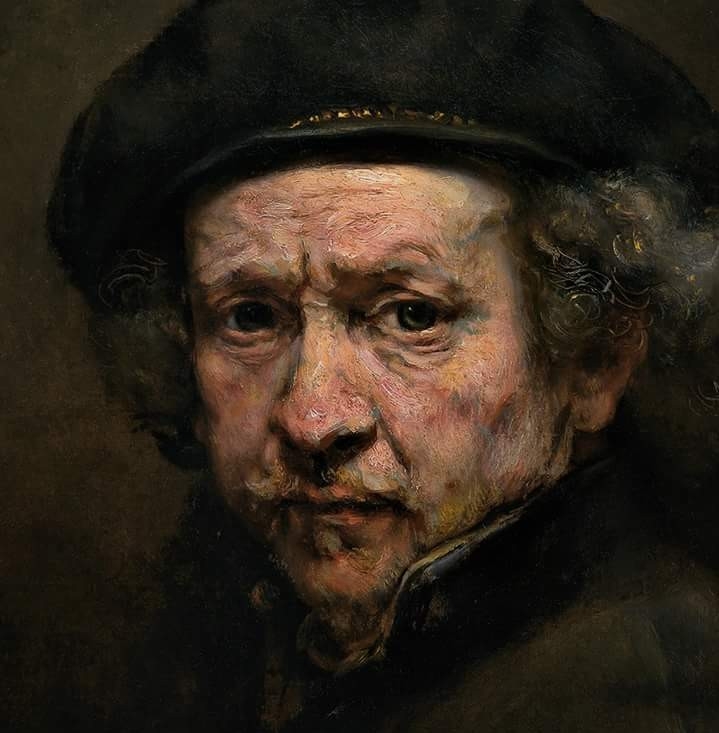
3. Frida Kahlo (1907–1954)
Frida Kahlo turned portraiture into something raw, personal, and symbolic. Her self-portraits are more than likeness—they are windows into her inner world. She painted her pain, her culture, and her identity in ways that felt honest and brave. Bright colors, symbolism, and emotion come together in her work, making her one of the most recognizable portrait artists of the 20th century. Beyond art, Frida’s portraits also became a voice for resilience and for Mexican culture on the global stage.
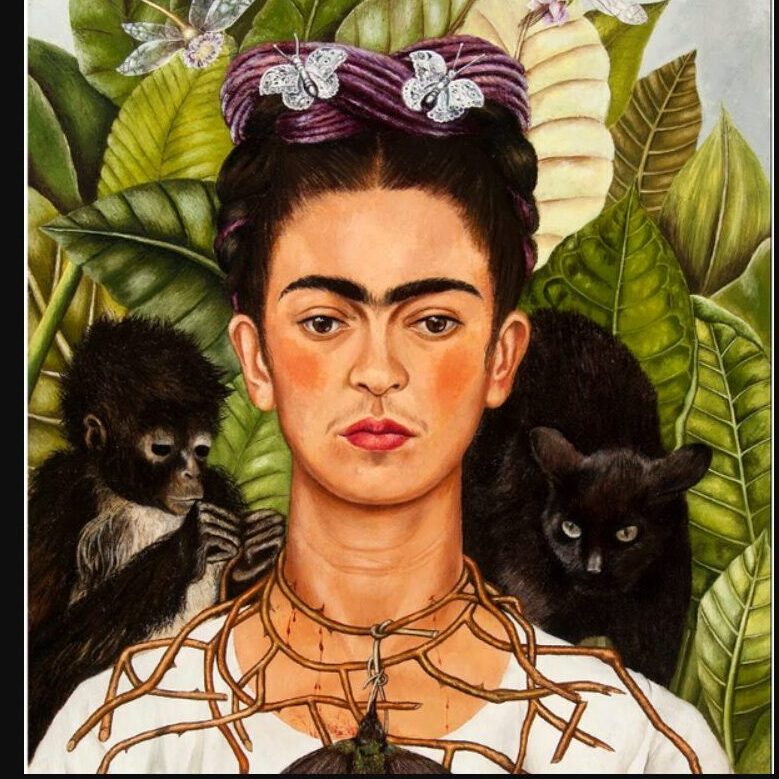
4. John Singer Sargent (1856–1925)
Sargent had an incredible gift: he could make a portrait look elegant, natural, and alive at the same time. Working mostly in Europe, he painted high society figures, musicians, and writers with confidence and style. His brushwork feels almost effortless, yet precise. One of his most famous works, Madame X, shocked audiences when it was first shown, but today it’s considered a masterpiece of portrait painting. Sargent’s ability to combine realism with artistic flair makes him one of the greats.
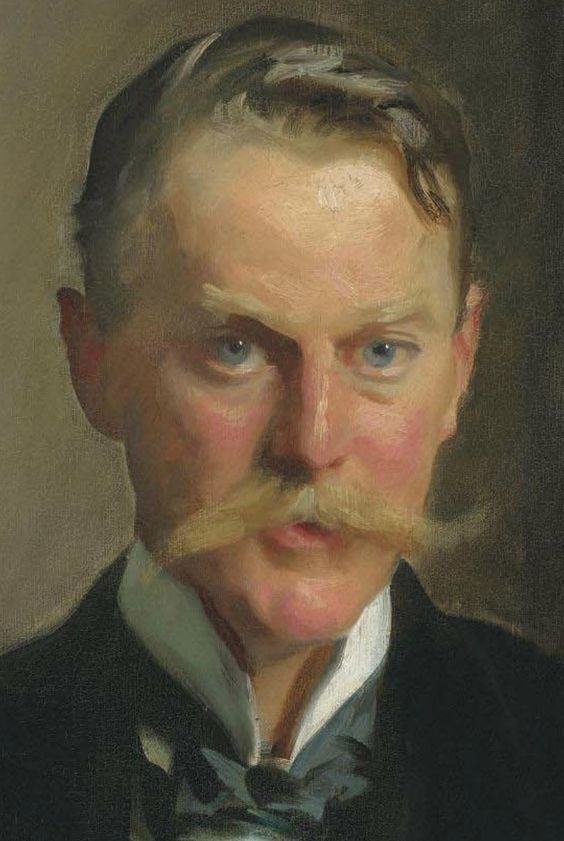
5. Chuck Close (1940–2021)
Chuck Close changed the way we think about portraits in the modern age. Known for his huge, photorealistic canvases, he worked from photographs and used a grid technique to create portraits that were both precise and experimental. Over time, he broke away from strict realism and developed a style that turned faces into mosaics of color and shape, yet still completely recognizable. His work shows how portraiture can evolve with new ideas and methods, pushing the boundaries of tradition.
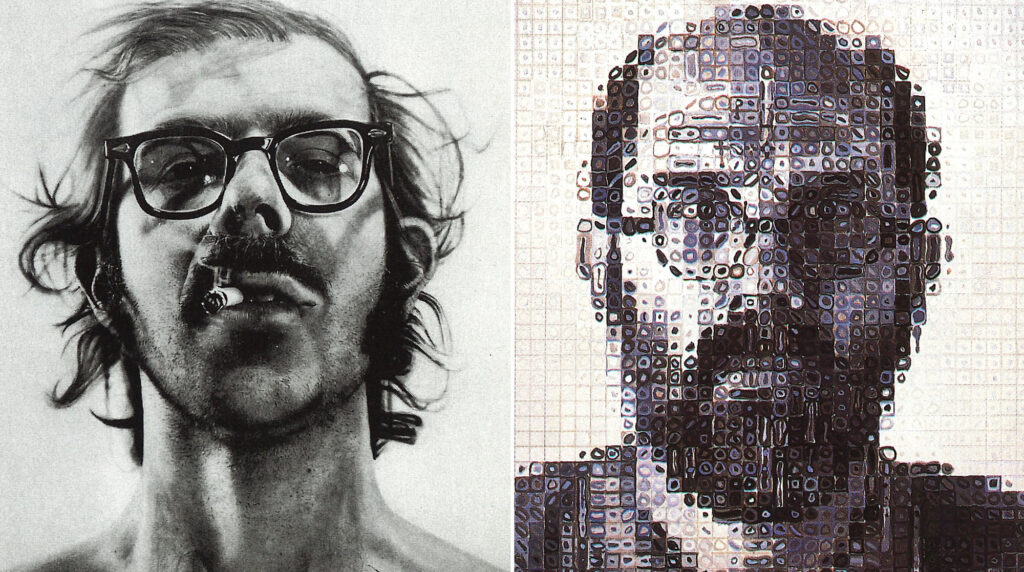
Conclusion
These five artists remind us that a portrait is never just a face. It can be mystery, light, symbolism, elegance, or even a challenge to how we define art. Leonardo showed us subtle beauty, Rembrandt revealed human depth, Frida turned pain into power, Sargent gave us elegance and movement, and Chuck Close redefined portraiture for the modern world.
For me, portraiture is about the same timeless goal—capturing not only a likeness but also the feeling of the person. Every portrait holds a story. That’s why I continue painting portraits today, inspired by the masters but always searching for ways to bring out the individuality and presence of each subject.
If you’d like to see some of my own portrait work, you can explore my gallery [link to your portraits page]. Just like the great artists of the past, I believe portraits are a way to keep memories and emotions alive on canvas.

